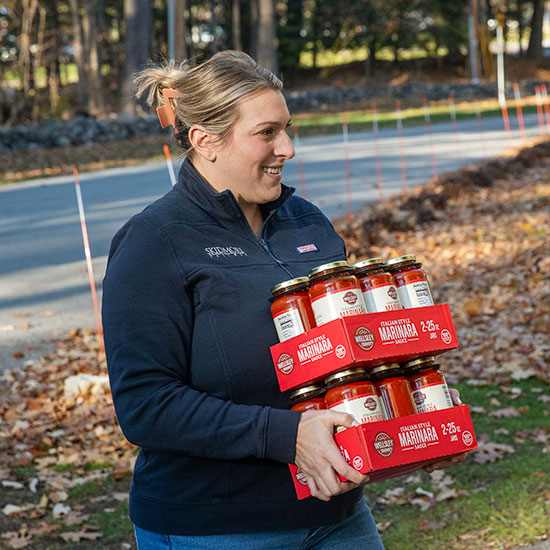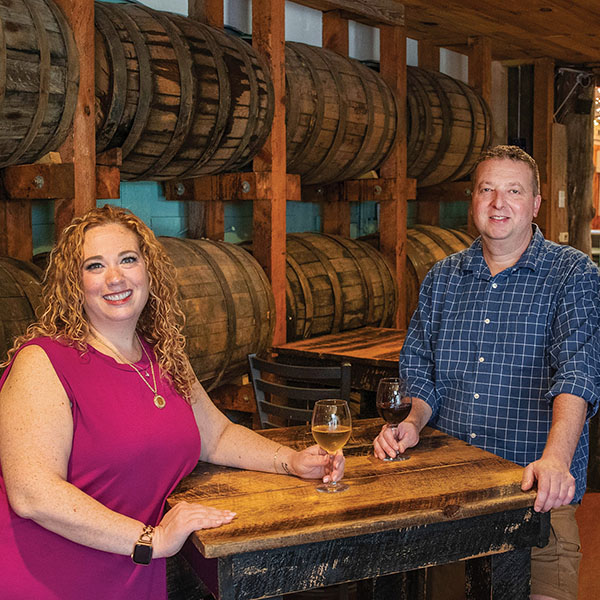Sculptor Willie Cole to present Malloy Lecture March 3
The 2009 Malloy Visiting Artist Lecture will be delivered by sculptor Willie Cole
beginning at 6 p.m. Tuesday, March 3, in Gannett Auditorium in Palamountain Hall at
Skidmore College. The illustrated talk is free and open to the public.
Cole is renowned for imbuing elements of nature, industrial culture, and West African
religion and mythology into sculptures made up of household objects such as steam
irons, bathroom fixtures, old electric irons, and bicycle parts. ?I want the objects
to have a life of their own: I think that is what makes them real,? Cole has said.
?When a piece gets to a point where all the parts are put together in the right way,
it has a power of its own and you know not to mess with it.?
A New Jersey native, Cole took Saturday children?s art classes at the Newark Museum
and majored in fashion design at Newark?s Arts High School. He went on to earn a BFA
at the School of Visual Arts and study at the Art Students League in New York City.
As the 11-year-old ?man of the family? for his mother and grandmother, who worked
as housekeepers, he had picked up broken lamps and other appliances on the street
to repair and re-use; as a young man, he filled his rented loft in Newark?s Ironbound
district with industrial leftovers, thrift-shop items, and street-found castaways
and began to turn them into artworks. During a 1988 residency at the Studio Museum
in Harlem, Cole?s discarded industrial goods began to come together in ways that one
critic described as ?assembling artifacts from a throwaway culture into iconic artworks.?
Many of Cole?s works use familiar, everyday objects to play off and
intermingle themes as varied as the environment and consumer waste; slavery; West
African and Asian sacred images including cultural gods and religious masks; domestic
labor; and women?s sexuality. Among Cole?s best-known works is a nearly seven-foot
wide wall-mounted circle sculpture called With a Heart of Gold (2005-2006). Consisting of dozens of pairs of women?s used high-heeled pumps arrayed
in colors that radiate outward, it made the cover of Sculpture magazine in 2006.
West African culture and myth serve as source inspirations for other well-known Cole
works like Speedster tji wara (2002). An arrangement of bicycle-wheel rims and spokes, kickstands, fenders, etc,
the sculpture harks back to the tji wara, a mythical African man-animal who is honored
by ritual dancers wearing wooden headdresses carved to look like antelope heads. Speedster
tji wara features a pair of handlebars as horns; other pieces in Cole?s tji wara series
are named for other popular makes of bicycle transformed in similar ways.
Variations on the theme of steam irons abound. Chewa 600 (1997) is a monster-sized iron made of bamboo, wood, jute, and straw. Cole also used
irons to scorch designs onto plywood, fabric, and ironing board covers. In some works,
the scorch patterns suggest African warriors? shields; in others, masks. For one iron-scorched
piece called Sunflower (1994), The New York Times noted that Cole ?ingeniously uses repetitive and overlapping scorches to create a
large, intricate circular structure that suggests not only a sunflower but also a
many-layered mandala.?
Cole?s work has appeared in numerous solo and group exhibitions and is included is
in such major collections as the Museum of Modern Art and the Whitney Museum of American
Art in New York City; the Philadelphia Museum of Art; and the National Gallery of
Art, Washington.
For more information, call the Schick Art Gallery at 518-580-5049.


